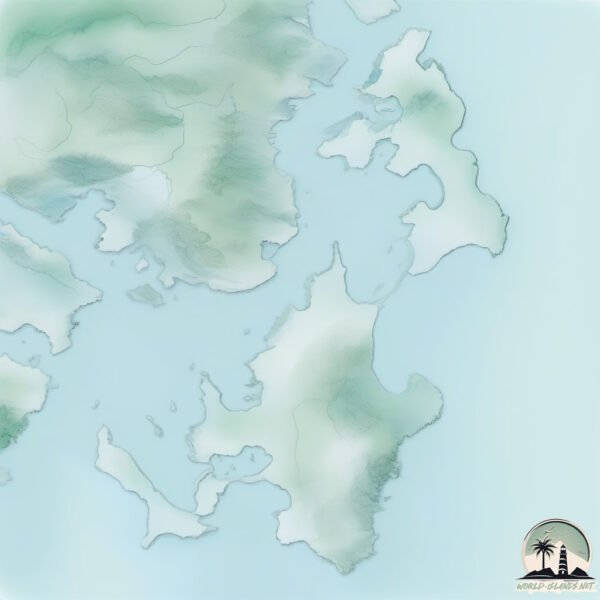Welcome to Bruny , a Temperate island in the Tasman Sea, part of the majestic Pacific Ocean. This guide offers a comprehensive overview of what makes Bruny unique – from its geography and climate to its population, infrastructure, and beyond. Dive into the details:
Geography and size of Bruny
Size: 354.8 km²Coastline: 388.9 kmOcean: Pacific OceanSea: Tasman SeaContinent: Oceania
Bruny is a Large Island spanning 355 km² with a coastline of 389 km.
Archipel: –
Tectonic Plate: Australia – A major tectonic plate covering Australia, New Zealand, and parts of the Indian and Pacific Oceans, known for its relative stability and occasional seismic activity.
The geographic heart of the island is pinpointed at these coordinates:
Climate and weather of Bruny
Climate Zone: TemperateClimate Details: Temperate Oceanic ClimateTemperature: Warm Summer
Climate Characteristics: Known for its moderate year-round temperatures with ample rainfall and no dry season. Warm summers are characteristic.
Topography and nature of Bruny
Timezone: UTC+10:00Timezone places: Australia/SydneyMax. Elevation: 516 m Mean Elevation: 120 mVegetation: Evergreen Broadleaf ForestTree Coverage: 74%
The mean elevation is 120 m. The highest elevation on the island reaches approximately 516 meters above sea level. The island is characterized by Plateau: Elevated flatlands rising sharply above the surrounding area, with a maximum elevation over 500 meters but a mean elevation less than 300 meters, forming unique highland areas on islands.
Dominating Vegetation: Evergreen Broadleaf Forest
Vegetation: 8 vegetation zones – Very Highly Diverse Island
Infrastructure and Travelling to Bruny
Does the island have a public airport? no .
Does the island have a major port? no .
The mean population of Bruny is 2 per km². Bruny is Gently Populated. The island belongs to Australia .
Continuing your journey, Schouten is the next notable island, situated merely km away.
Top Things to Do on BRUNY ISLAND, Tasmania, Australia in ONE DAY | Bruny Island Safaris Tour Review
Support our channel and save on travel by joining our new Top Traveller Club: ...
Top Things to Do on BRUNY ISLAND, Tasmania, Australia in ONE DAY | Bruny Island Safaris Tour Review
Support our channel and save on travel by joining our new Top ...
Support our channel and save on travel by joining our new Top Traveller Club: ...
Best Island in Australia? (THIS is Bruny Island) | Tasmania Road Trip Vlog 2
This island, off an island, is beyond amazing! We can't believe it has ...
This island, off an island, is beyond amazing! We can't believe it has taken us this long to know about Bruny Island - some say it's ...
Full-Day Bruny Island Tour from Hobart, Tasmania
Set off on a tour from Hobart to Bruny Island, discovering its ...
Set off on a tour from Hobart to Bruny Island, discovering its stunning landscapes, rich wildlife and local delicacies along the way.
Australia is classified as Developed region: nonG7: Developed economies outside of the Group of Seven, characterized by high income and advanced economic structures. The level of income is High income: OECD.
News – Latest Updates and Headlines from Bruny
Stay informed with the most recent news and important headlines from Bruny. Here’s a roundup of the latest developments.
Loading...
Please note: The data used here has been primarily extracted from satellite readings. Deviations from exact values may occur, particularly regarding the height of elevations and population density. Land area and coastline measurements refer to average values at mean high tide.

